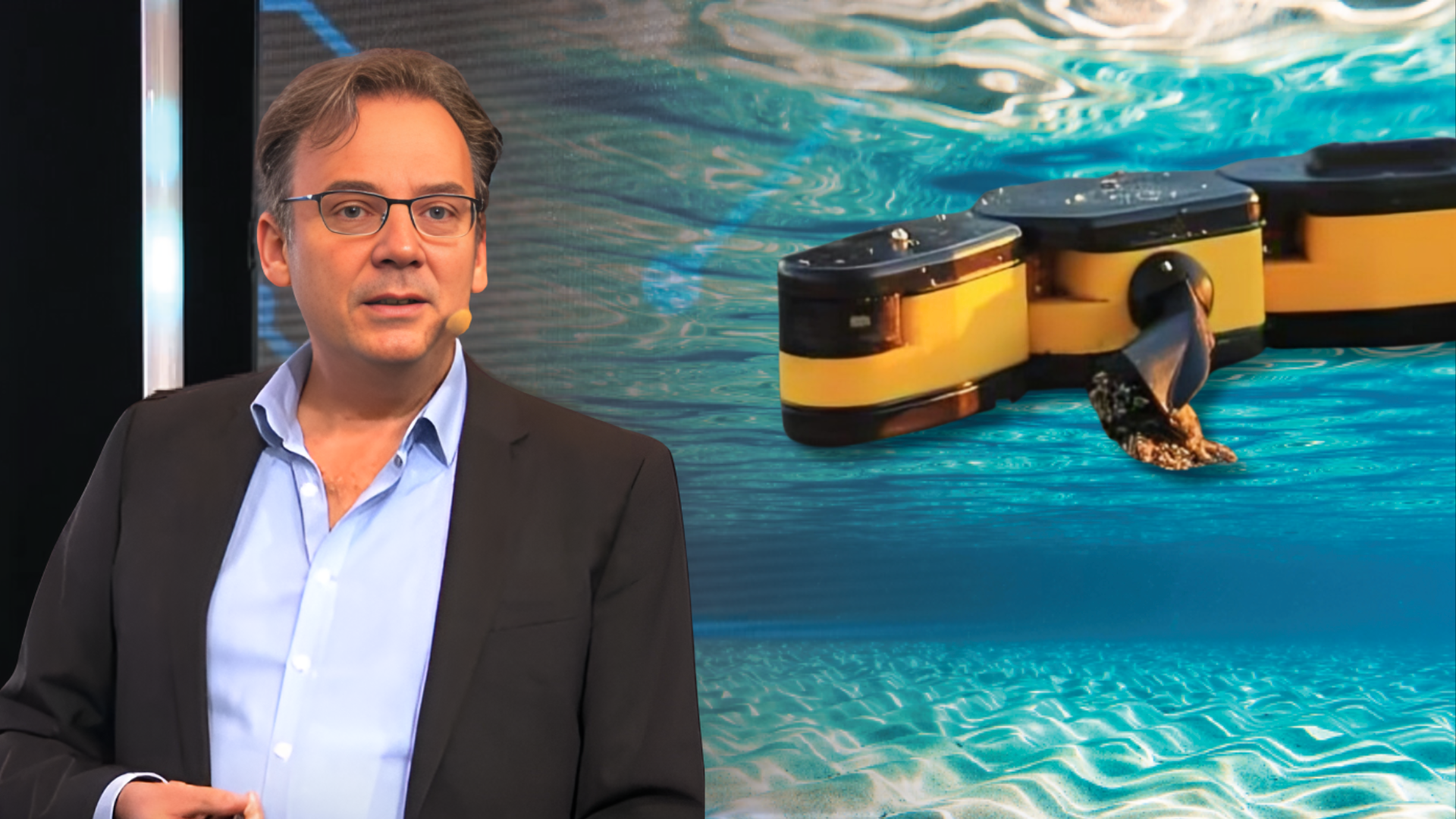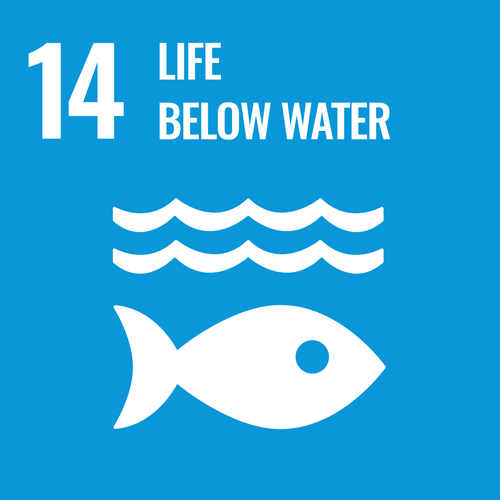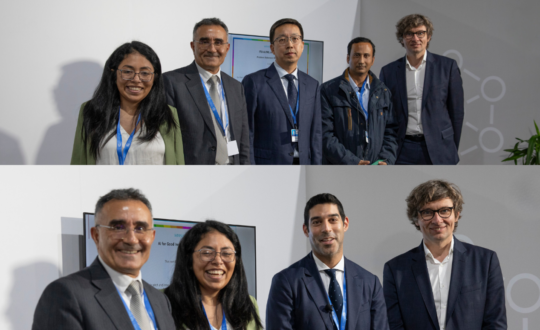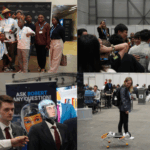In an era where technological advancements are crucial for environmental monitoring, disaster response, and scientific exploration, amphibious robots are emerging as a pivotal innovation. At the 2024 AI for Good Global Summit, Auke Jan Ijspeert, Professor and Head of the Biorobotics Laboratory at École Polytechnique Fédérale de Lausanne (EPFL), showcased groundbreaking developments in this field. His presentation highlighted the lab’s amphibious robots, designed for a variety of applications ranging from scientific research to environmental monitoring.
Exploring Nature’s Locomotion
When it comes to developing amphibious robots, Ijspeert’s laboratory takes an interdisciplinary approach. “We are interested in using robots for scientific questions,” he noted, emphasizing the lab’s focus on understanding animal locomotion and how evolution has shaped these movements. The Biorobotics Laboratory uses robots as scientific tools to explore how animals move, study the underlying neural mechanisms, and even reconstruct the locomotion of extinct species.
One of the key areas of interest is the study of spinal cord functions, which play a critical role in locomotion across vertebrates. Ijspeert explained that animals are very good at locomotion due to four main components: the body, the spinal cord, central pattern generators, and the higher brain functions. The lab’s work in this area has practical implications, particularly for individuals with spinal cord injuries, as it helps in developing better rehabilitation technologies.
Fusion of Science and Technology
A highlight of Ijspeert’s presentation was the salamander-like robot, a creation designed in collaboration with neuroscientists to mimic the locomotion of salamanders. This robot demonstrates how simple neural inputs can control complex movements, such as transitioning between swimming and walking. “This is a robot that we designed together with neuroscientists to explore the beautiful secrets in the spinal cord,” Ijspeert explained, showcasing how the robot can modulate its movement based on various sensory inputs.
In a fascinating project, the lab worked closely with palaeontologists and created a robot to explore the locomotion of a prehistoric animal, Orobates. By simulating different gaits, they discovered that this extinct animal might have moved in a manner similar to modern reptiles. This work not only sheds light on the evolutionary pathways of locomotion but also demonstrates the versatility of robotic models in paleontological research.
Applications in Environmental Monitoring and Disaster Response
Beyond scientific research, amphibious robots developed at EPFL have practical applications in modern-day challenges. One key area is environmental monitoring, particularly pollution tracking in aquatic environments.
“A wonderful application for aquatic robotics [is that] we do have a fleet of robots that could […] be used as a tool to monitor pollution. Interestingly, people have started doing that. You can now buy prototypes […] that do that type of exploration,” Ijspeert explained, highlighting the potential of these robots in safeguarding natural habitats.
These robots could function like drones in water, offering a safe alternative to propeller-based systems, as they do not disturb the water or pose a risk of injury. The lab is also actively working on making these robots biodegradable, ensuring they do not harm the environment if left unrecovered.
Additionally, these robots are also being considered for use in disaster response, particularly in scenarios where human intervention is dangerous. Ijspeert mentioned the potential for these robots in search and rescue operations during floods or other natural disasters. He outlined a future where these robots could play a critical role in life-saving operations, suggesting:
“It would be nice to augment rescue teams with amphibious robots, we are not there yet but we see how robots that can crawl into pipes, swim, and walk can be used as a tool to inspect buildings and find survivors.”
Integrating AI and Physical Intelligence
A key aspect of the lab’s work is integrating AI with what Ijspeert calls “physical intelligence.” This concept emphasizes the role of the robot’s body mechanics and sensory feedback in achieving efficient locomotion. He noted that while they use AI to optimize their locomotion controllers, they also emphasize anchoring intelligence in the biomechanics, underlining the significance of a holistic approach that merges digital and physical systems.
Challenges and Future Directions
While the potential applications of amphibious robots are vast, Ijspeert acknowledged the technological challenges involved in bringing these robots to market. Issues such as making the robots waterproof, robust, and capable of operating in diverse environments are significant hurdles. “There are many technological challenges, from making the motors to ensuring waterproofing,” he noted, adding that transitioning from academic prototypes to commercial products requires different skills and resources.
An exciting aspect of their research also involves the potential application to human use, particularly in the field of spinal cord injuries. Ijspeert mentioned that their studies on the spinal cord are crucial, especially for individuals who are paraplegic or tetraplegic, as these conditions result from losing communication with the circuits that remain functional. The lab collaborates with specialists in spinal cord stimulation, using their modeling to understand the necessary inputs to reactivate these circuits. This collaboration has led to remarkable results, with some individuals in wheelchairs walking again after reactivating spinal cord circuits.
Despite these challenges, Ijspeert is optimistic about the future of amphibious robots. He sees them as the next big wave in robotics, following the success of aerial drones.
“There’s been different times in robotics, drones were very big 10 years ago, now it’s legged robots, and the future will be swimming robots,” he predicted, citing applications in inspection tasks, wildlife tracking, and even hobbyist markets.
Broadening Impact through Collaborative Efforts
Ijspeert concluded by emphasizing the importance of public engagement and collaboration with industry partners to bring these technologies to wider use. “I’m always happy to show these robots because I think collaborating with people in the room can help us reach these applications,” he stated, encouraging potential collaborations to explore the full range of possibilities for amphibious robots.
This session offered a comprehensive look at the innovative use of bioinspired robots in both scientific research and practical applications. From reconstructing ancient animal movements to monitoring modern-day environmental challenges, these robots are set to play a crucial role in various fields. As technology advances, the vision of a future populated by versatile amphibious robots becomes increasingly tangible, promising new ways to interact with and protect our environment.
















